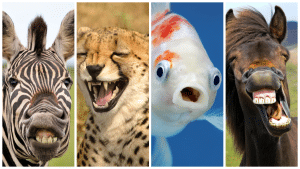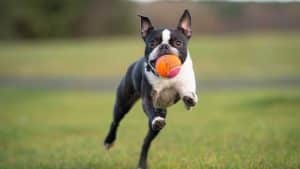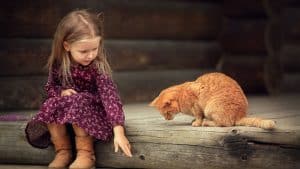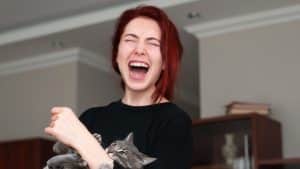Quokkas are the perfect example of "if you're happy and you know it, show your teeth." They have become the unofficial poster children for positivity in the animal kingdom.
Quokkas (Setonix brachyurus) are marsupials whose natural habitat is in a small corner of Western Australia. The cute animals are renowned for their uncanny ability to break the internet with their selfies.
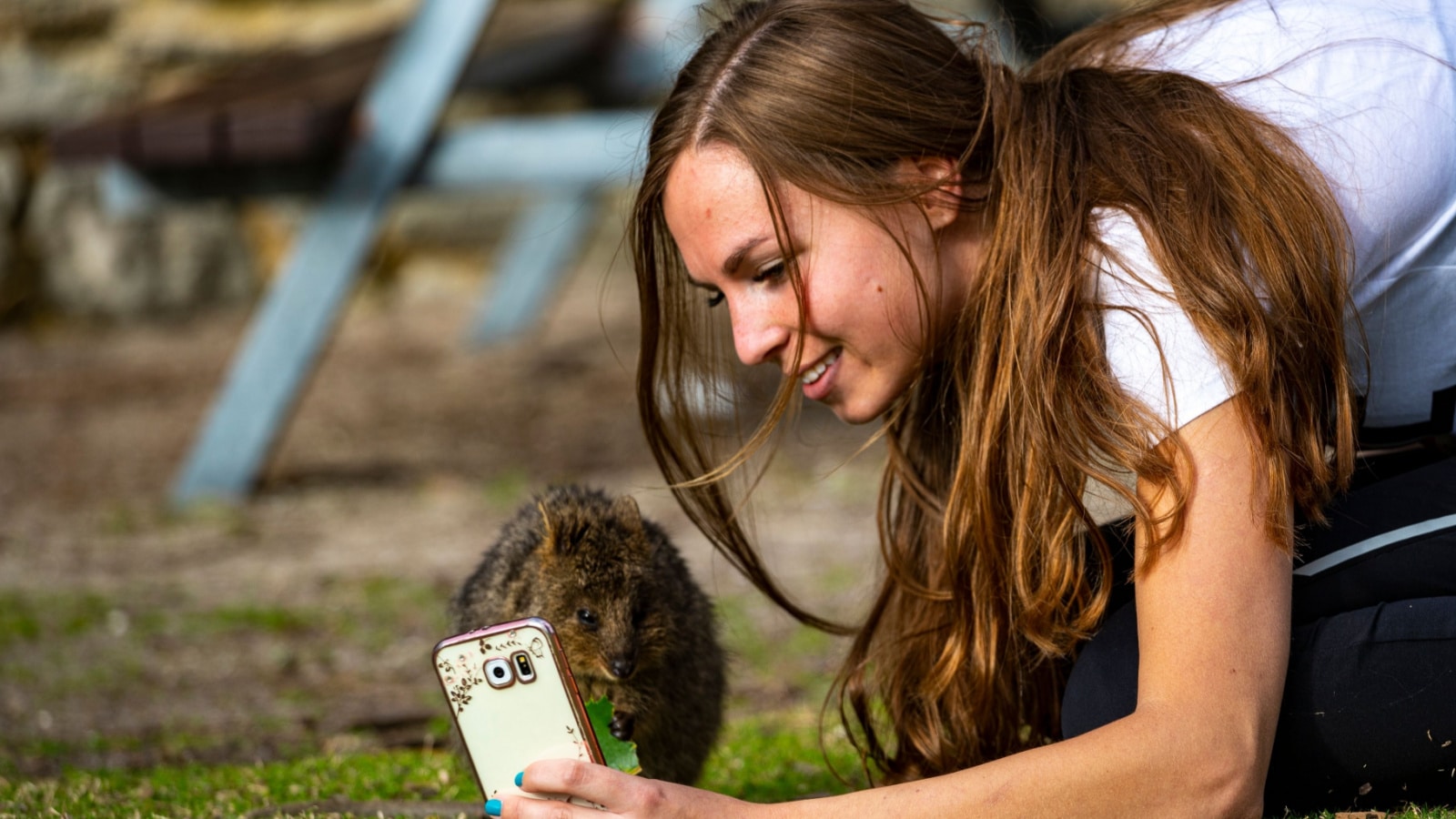
Image Credit: Shutterstock
Description
The quokka is a pint-sized bundle of joy, looking like a cross between a kangaroo and the happiest creature you can imagine. They are roughly the size of a domestic cat, with a teddy bear-like face that seems permanently etched with a wide grin.
This smile has been scientifically proven to be 100% genuine and 0% capable of deception, making them potentially the worst poker players in the animal kingdom.
Their brown and soft fur is perfect for cuddling, but unfortunately, they haven't yet agreed to be domesticated. Their hind legs are powerful, and they can hop around with the agility of a caffeinated kangaroo.
However, they prefer leisurely strolls, possibly to conserve energy for their next photo op.
Habitat and Diet
Quokkas are found primarily on Rottnest Island, off the coast of Western Australia, with a few scattered populations in the mainland bush. They are selective in their real estate choices, preferring a "beachfront view" habitat. This has led to speculation that quokkas are the most vacation-minded of all marsupials.
Their diet is less fancy than their habitat suggests. They eat a variety of vegetation, including leaves, stems, and bark, making them nature's unassuming vegetarians. Their ability to go long periods without water makes them the ultimate survivalists, albeit with permanent grins.

Image Credit: Shutterstock
Behavior
Quokkas are nocturnal, which means they spend their nights foraging and their days probably dreaming of stardom. They are sociable creatures, often seen in small groups discussing the best selfie spots.
Their natural curiosity and lack of fear of humans make them excellent subjects for wildlife photography and amateur paparazzi.
Their reproductive habits are also worth noting. Female quokkas have a gestation period of about a month, after which they give birth to a single joey. The joey then takes up residence in its mother's pouch for six months, presumably learning the art of posing for pictures.
Cultural Impact
Quokkas have become cultural icons, especially in the digital age. They are the unofficial mascots of happiness, with a fan base including celebrities and common folk.
Their easygoing nature and readiness to smile have been used in motivational campaigns, reminding humans that no matter how tough life gets, you can always smile for a selfie.
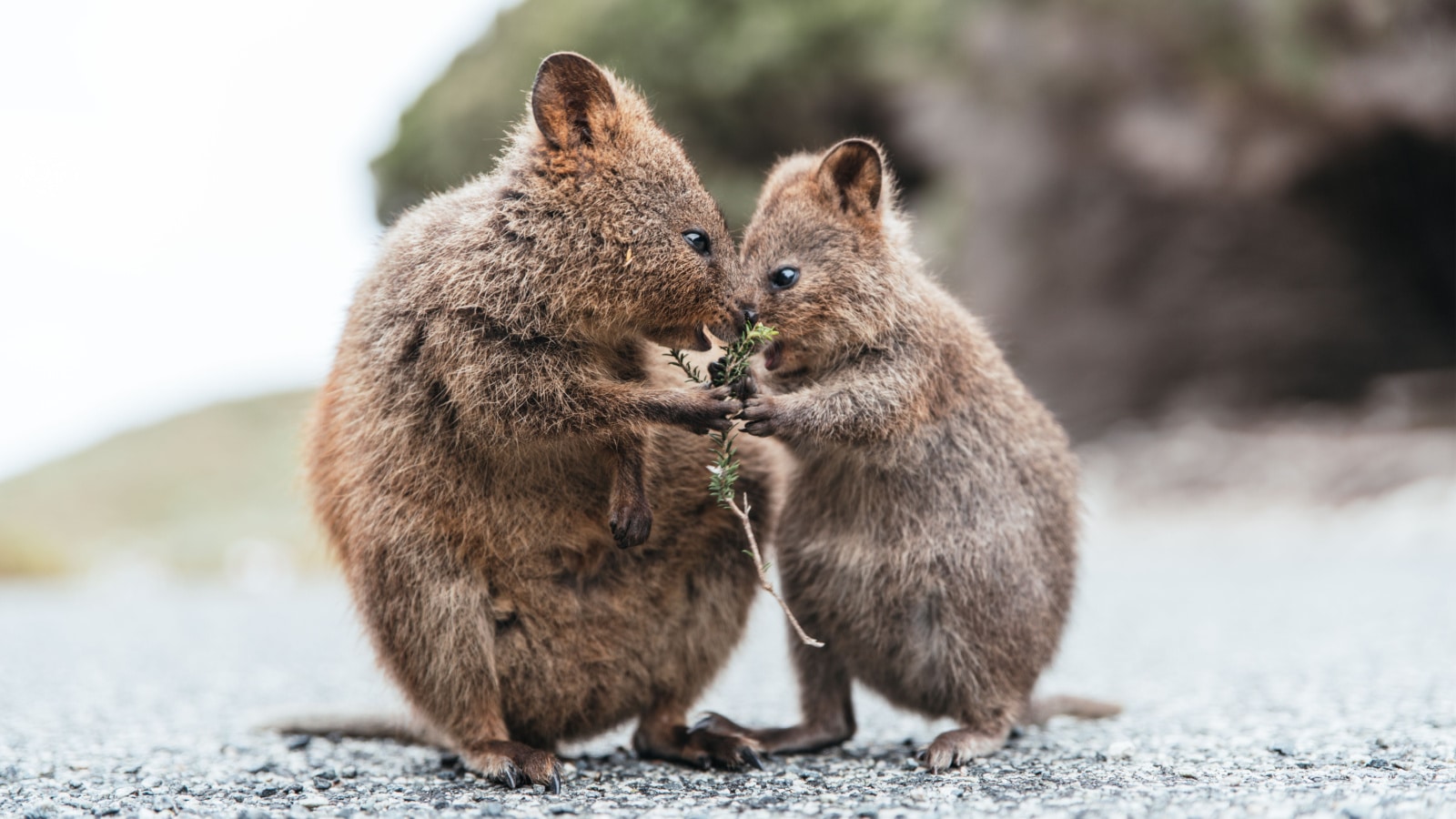
Image Credit: Shutterstock
Conservation Status
Quokkas are listed as a vulnerable species. Their biggest threats include habitat loss, predators like foxes and cats, and the most dangerous – the temptation to become social media influencers. Conservation efforts are in place to protect these adorable creatures and their habitat.
Conclusion
In conclusion, the quokka is not just another cute face in the animal kingdom. They symbolize joy, resilience, and the power of a smile. While they continue to thrive in their natural habitat, they also remind us of the importance of conservation and the simple joys of life. As ambassadors of happiness, quokkas teach us that sometimes, you only need to smile and
Author: Kathy Owen
Kathy Owen specializes in painting furniture and upcycling thrifty finds into unique home decor. She founded the home decor blog PetticoatJunktion.com in 2011, where she shares her expertise on furniture painting and upcycling found items.


